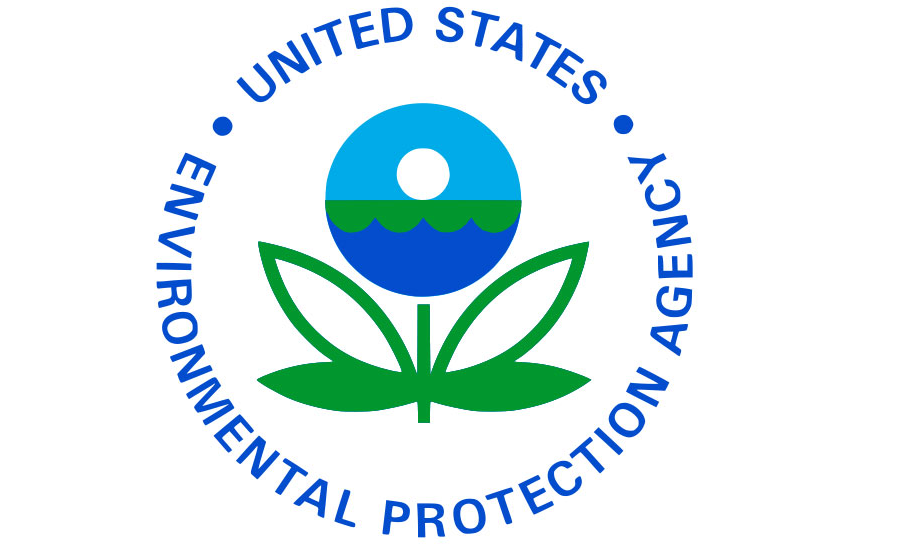EPA Sets Final Standard For Formaldehyde Emissions

The Environmental Protection Agency (EPA) has issued final standards to limit formaldehyde emissions from composite wood and flooring products.
Several officials from industry trade groups said the rules are not significantly different from a pre-publication draft released in July.
The issue was thrust into the public spotlight in 2015 after a “60 Minutes” investigation revealed that Lumber Liquidators had sold laminate flooring made in China that showed high levels of formaldehyde, which is considered a carcinogen. A subsequent investigation by the U.S. Consumer Product Safety Commission found that the company had sold the flooring to about 614,000 people.
Unsafe levels of formaldehyde from floors can cause eye, throat and nose irritation, while higher levels can increase the risk of cancer.
Now, the EPA’s standard will place stricter rules on how much formaldehyde is permissible.
“EPA has set in place for the whole country the world’s most stringent standard for formaldehyde emissions from composite wood products,” said Jackson Morrill, president of the Composite Panel Association, an industry trade group.
The rule, which goes into effect Feb. 10, 2017, applies to both domestic and imported finished products. The established limits are: hardwood plywood of .05 ppm; particleboard, .09 ppm, medium-density fiberboard, .11 ppm and thin medium-density fiberboard, .13 ppm.
The rule also limits emissions from laminate products, and requires provisions for testing, product labeling, chain of custody documents and other record keeping requirements.
For more information, visit epa.gov.
Looking for a reprint of this article?
From high-res PDFs to custom plaques, order your copy today!








